Wind puffs, also known as “windgalls”, are a common problem in horses. They are fluid-filled swellings that can form on the legs, especially the front legs, of horses. These swellings can be painful, and can potentially lead to lameness. In this article, we will discuss the causes, symptoms, and treatments for wind puffs on horses.
Causes of Wind Puffs
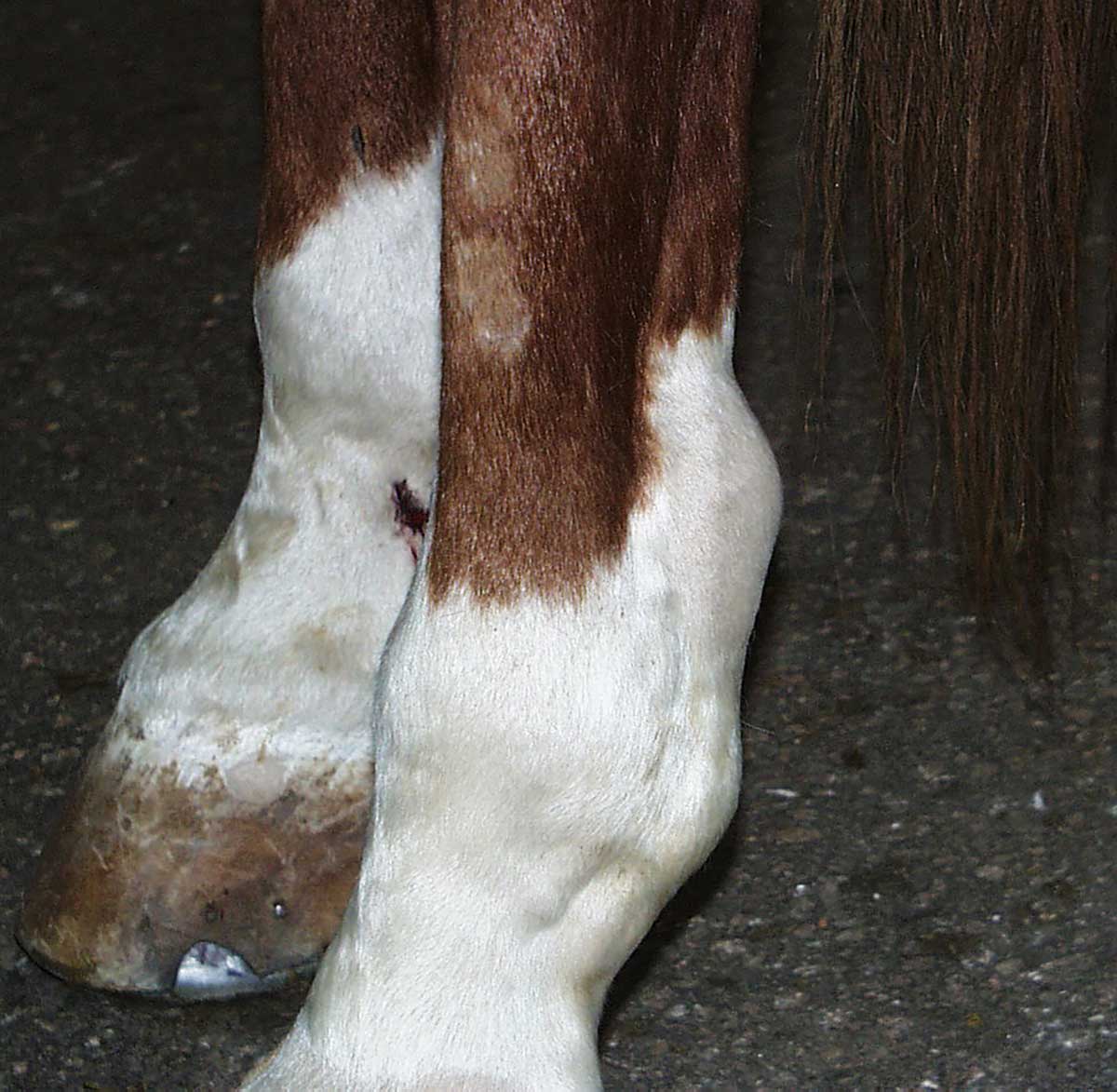
Wind puffs are a common issue for horses, and are caused by inflammation of the horse’s fetlock joint. This condition is most often seen in horses that are heavily used for riding and exercise, or in horses that are stabled for long periods of time and lack regular exercise.
The primary cause of wind puffs is the overexertion of the horse’s fetlock joint. When the joint is overworked, the muscles and ligaments become inflamed and swollen, leading to thickening of the joint capsule and the development of a wind puff.
Other causes of wind puffs include:
| Cause | Description |
|---|---|
| Injury | A direct injury to the fetlock joint, caused by excessive exercise or trauma. |
| Poor Nutrition | A lack of essential vitamins and minerals needed for proper joint health. |
| Shoding | Improperly fitted shoes can put undue stress on the fetlock joint. |
| Age | Older horses are more prone to wind puffs due to joint wear and tear. |
It is important to identify and address the underlying cause of the wind puff in order to properly treat the condition. In some cases, the cause may be obvious, such as an injury or an improperly fitted shoe. In other cases, the cause may be more difficult to identify and may require further investigation by a veterinarian.
Prevention of Wind Puffs
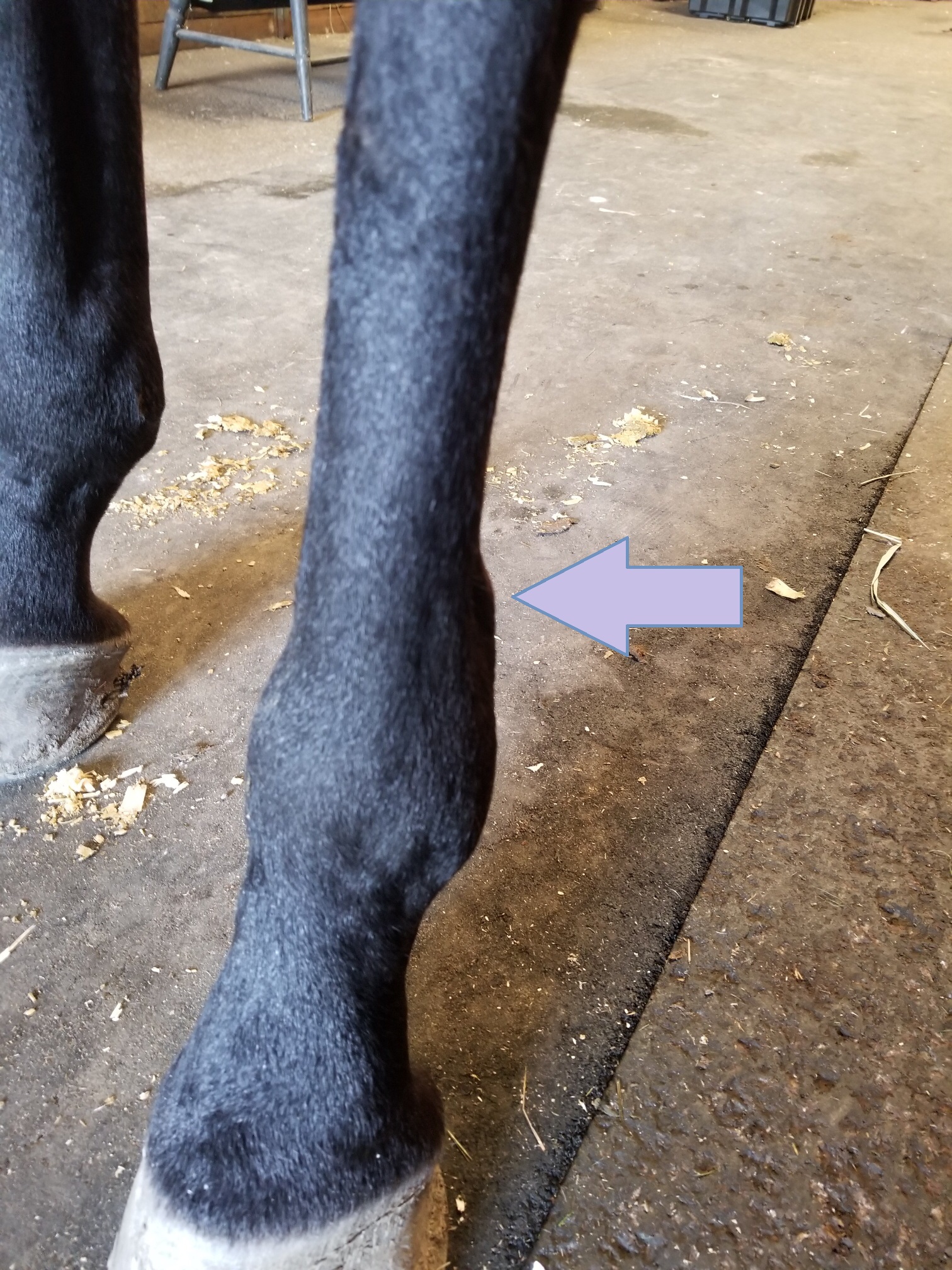
Wind puffs are common in horses and can be easily prevented with proper care and management. Here are some steps to help you prevent wind puffs in horses:
- Ensure that your horse is getting adequate nutrition. Poor nutrition can lead to weakened muscles, which can make the horse more prone to wind puffs.
- Take care to gradually increase the intensity of exercise for your horse. Sudden increases in intensity can lead to overworked muscles and can cause wind puffs.
- Provide your horse with a balanced exercise program. A combination of low-impact exercises such as walking, jogging and trotting can help to keep your horse’s muscles in peak condition and help prevent wind puffs.
- Keep your horse’s hooves properly trimmed and balanced. Improper hoof balance can lead to an uneven distribution of weight, which can place extra strain on certain muscles and can lead to wind puffs.
- Provide your horse with plenty of rest. Make sure to give your horse time to recover in between workouts and competitions. This will help to keep the muscles healthy and reduce the risk of wind puffs.
- Check your horse regularly for any signs of wind puffs. If you notice any signs, take immediate steps to address the issue.
By following these simple steps, you can help to reduce the risk of wind puffs in your horse and keep its muscles healthy.
Diagnosis of Wind Puffs
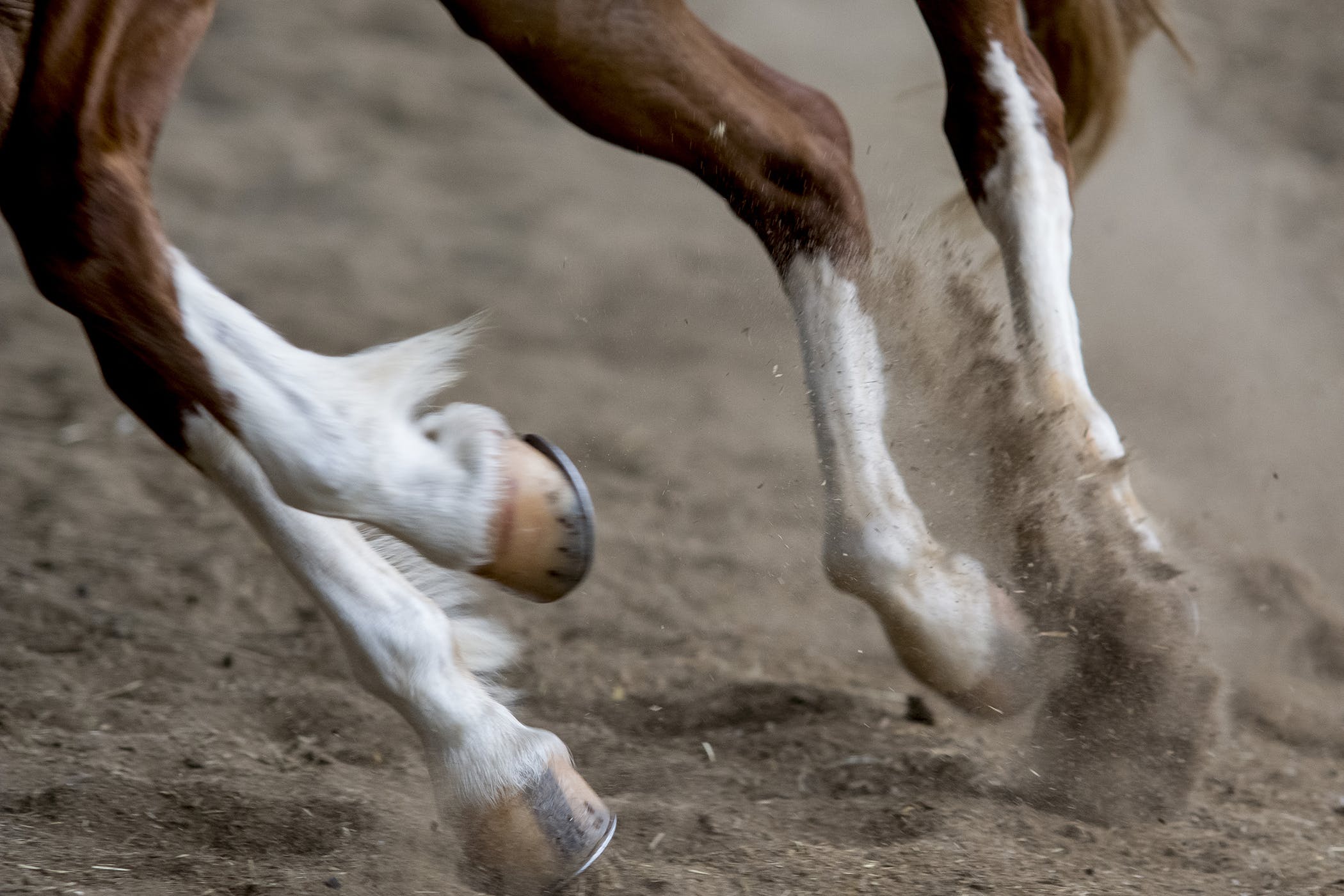
Wind puffs, also known as windgalls, are a common condition in horses and can affect any joint in the body. They often appear as soft, spongy swellings on the lower legs, but can also appear on the fetlocks, hocks, and knees. Diagnosing wind puffs can be tricky, however, since the condition can be caused by a number of other issues, such as arthritis, tendon damage, and infection.
To properly diagnose wind puffs, the following steps should be taken:
- Examine the horse’s legs for any visible swellings or changes in texture.
- Gently press on the swollen area to check for tenderness and pain.
- Check for any other signs of lameness or stiffness in the affected joint.
- Take a skin scraping and send it to the lab for analysis.
- Conduct an X-ray or ultrasound to get a better picture of the affected joint.
- Consult with a veterinarian to rule out any other conditions.
Once the diagnosis is confirmed, treatment of wind puffs can begin.
Treatment of Wind Puffs
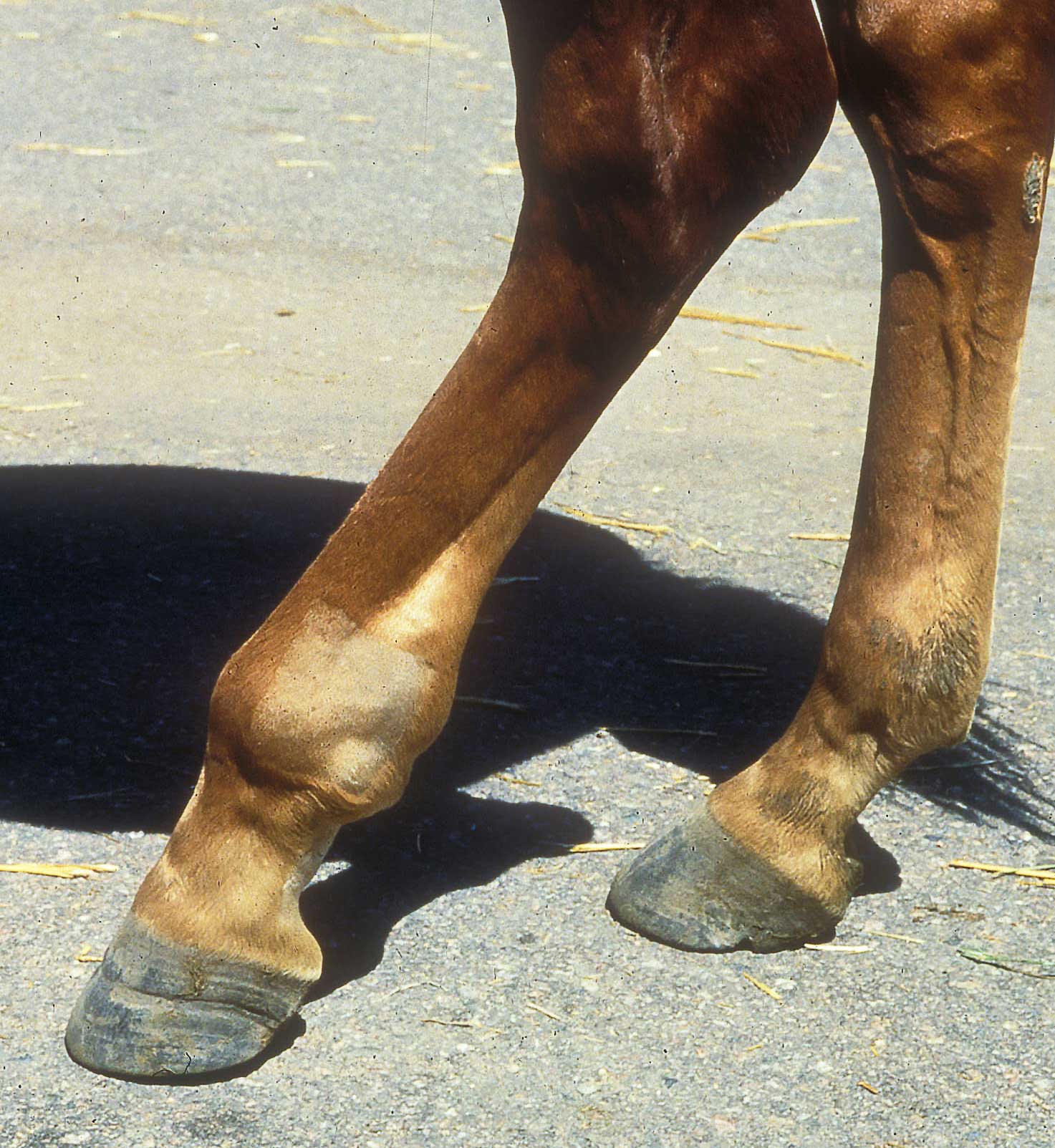
Wind puffs are a common issue among horses and can be caused by a variety of different factors. Treatment of wind puffs is essential in order to maintain the horse’s health and performance. In this article, we will discuss the various treatment options for wind puffs.
- Rest: Rest is the first step in treating wind puffs. Horses with wind puffs should be given a period of rest, during which they should not be ridden or exercised. This period of rest should last for a minimum of three days.
- Ice: Applying ice to the affected area is also a good way to reduce swelling and inflammation associated with wind puffs. The ice should be applied for 20-30 minutes at a time, several times a day.
- Compression: Compression wraps can also be used to reduce swelling and inflammation. Compression wraps should be applied for 20-30 minutes at a time, several times a day.
- Medication: Your veterinarian may also treat the condition with anti-inflammatory medications. These medications can help to reduce swelling and inflammation, as well as reduce pain.
- Surgery: In some cases, surgery may be necessary to treat wind puffs. Surgery can be used to remove the excess tissue and reduce the size of the wind puffs.
It is important to note that wind puffs can recur, even after treatment. Therefore, it is important to take steps to prevent reinjury, such as using proper tack and keeping the horse in good physical condition.
If you are concerned about your horse’s wind puffs, it is important to consult your veterinarian for a proper diagnosis and treatment plan. With the proper treatment, wind puffs can be managed and your horse can remain healthy and perform at its best.
Rest
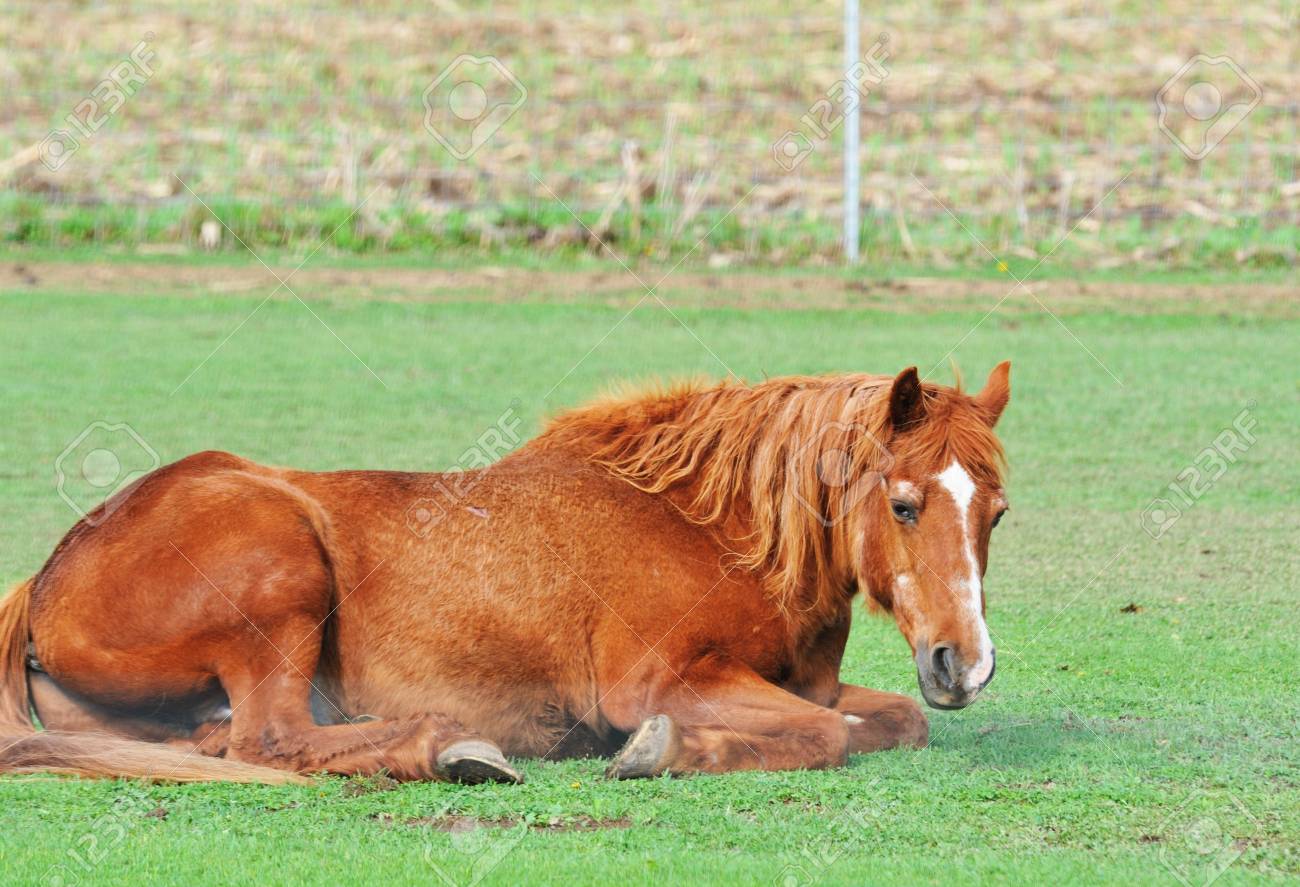
Rest is essential for horses in order to help them recover from wind puffs. A horse that is suffering from wind puffs should be given a minimum of 24 hours of rest. During this time, the horse should not be exercised, ridden or worked in any way. This will allow the horse’s body to naturally heal any damage caused by the wind puffs. If the horse is still experiencing wind puffs after 24 hours of rest, it is important to consult a veterinarian as the condition may be more serious and require additional care. Additionally, if the horse is on a regular training and exercise schedule, it may be necessary to reduce the intensity of the workouts or to take a break from riding altogether until the wind puffs have completely healed.
Ice and Compression
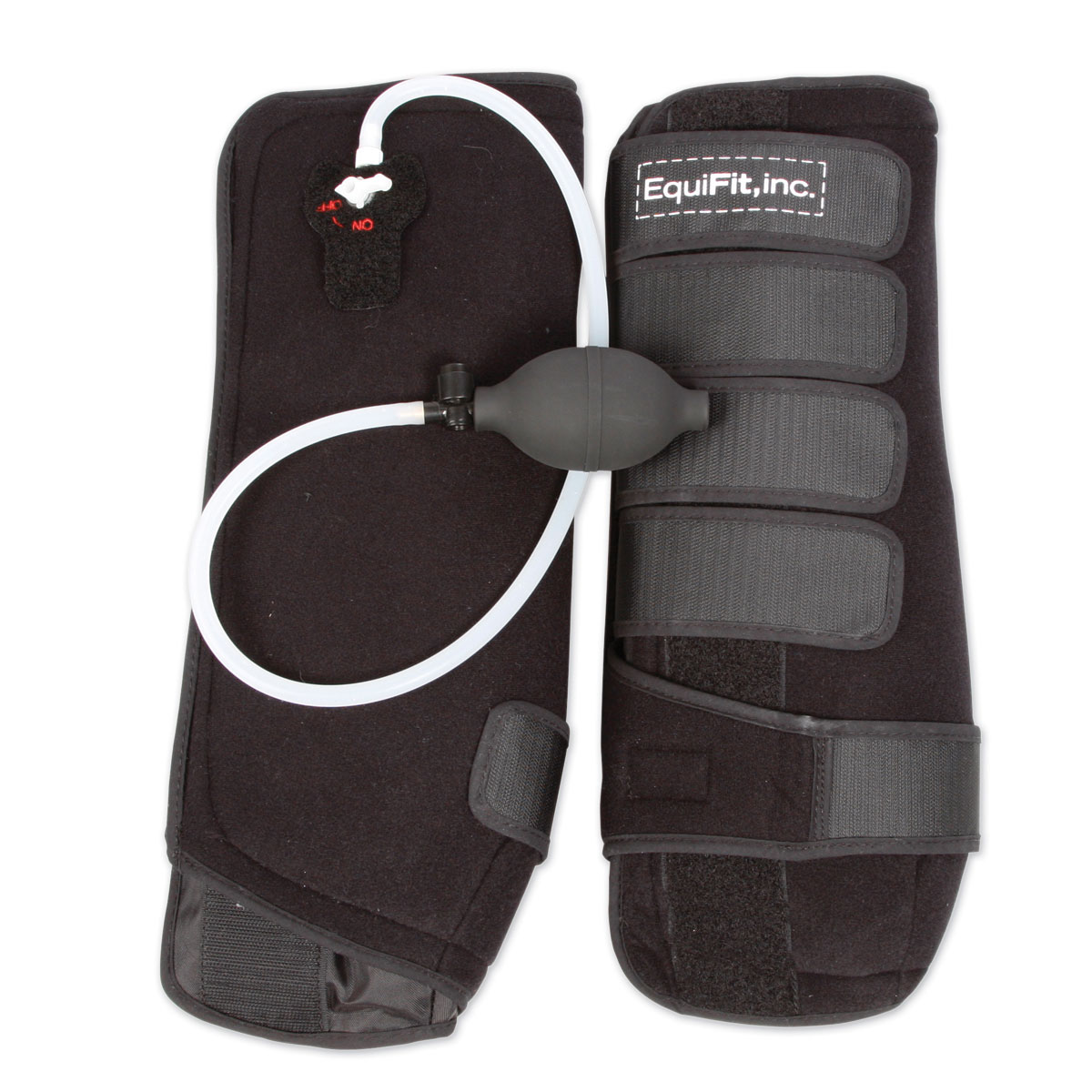
Wind puffs, also referred to as Wind Galls, are a common leg injury in horses caused by inflammation of the superficial digital flexor tendon sheath. They are most commonly found on the front legs, just below the knee. While not life-threatening, wind puffs can be painful and limit the effectiveness of a horse’s performance if left untreated.
Fortunately, there are a number of ways to reduce the inflammation and help heal the injury. One way is by using ice and compression. Ice and compression can reduce swelling and pain, and speed up the healing process. Here are some tips on how to use ice and compression to treat wind puffs:
- Apply a layer of cotton or foam wrap to the affected area.
- Apply ice to the area, using a cold pack or a bag of frozen peas.
- Wrap the area with an elastic bandage, ensuring it is not too tight.
- Leave the bandage on for 10 to 15 minutes.
- Remove the bandage and allow the area to rest for a few hours.
- Repeat the process every few hours.
It is important to note that ice and compression should only be used for short periods of time, as it can cause tissue damage if left on for too long. Additionally, it is important to seek professional advice from a veterinarian or farrier if the wind puff does not seem to be healing.
Anti-inflammatory Medications
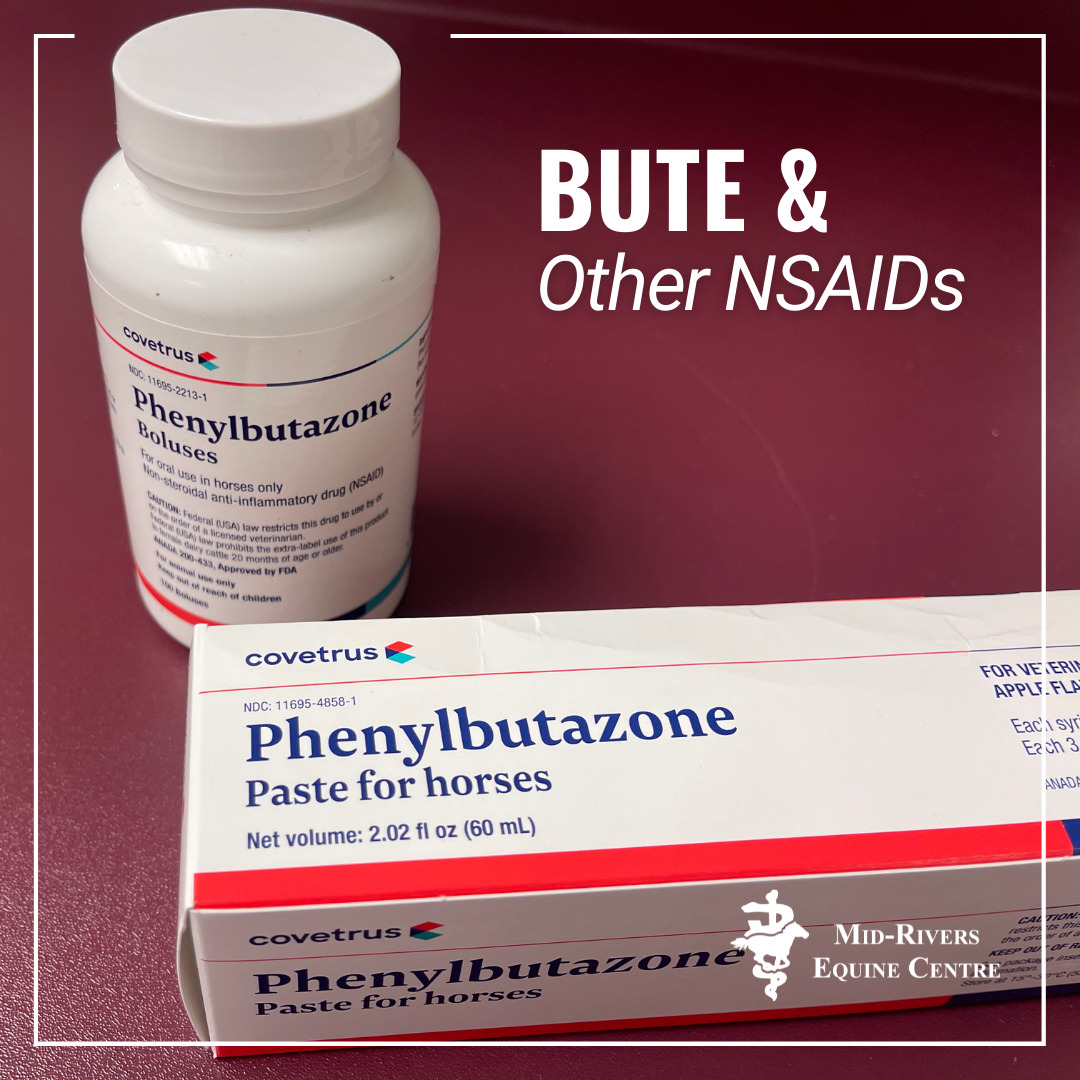
Wind puffs, also known as wind galls, are fluid-filled swellings that often appear along the lower limbs of horses. These swellings are not only unsightly but can cause discomfort and impaired movement if not treated properly. The good news is that wind puffs can usually be treated with anti-inflammatory medications.
Anti-inflammatory medications are used to reduce inflammation and pain in the affected area. These medications may be administered orally or topically, depending on the severity of the wind puff. Oral medications, such as phenylbutazone, can be given once or twice daily. Topical medications, such as DMSO, may also be applied directly to the wind puff for direct relief. However, topical medications should only be administered by a qualified veterinarian.
Your veterinarian may also recommend cold-water therapy or bandaging to reduce inflammation and swelling. Cold-water therapy involves wrapping an ice pack or cold towel around the affected area for 10-15 minutes at a time. Bandaging can help reduce movement and protect the area while it heals. Be sure to check the bandage periodically to ensure it is not too tight and is not causing any additional discomfort.
If your horse is suffering from wind puffs, it is important to consult your veterinarian right away. With proper treatment and care, your horse should be able to recover quickly and comfortably.
Surgery
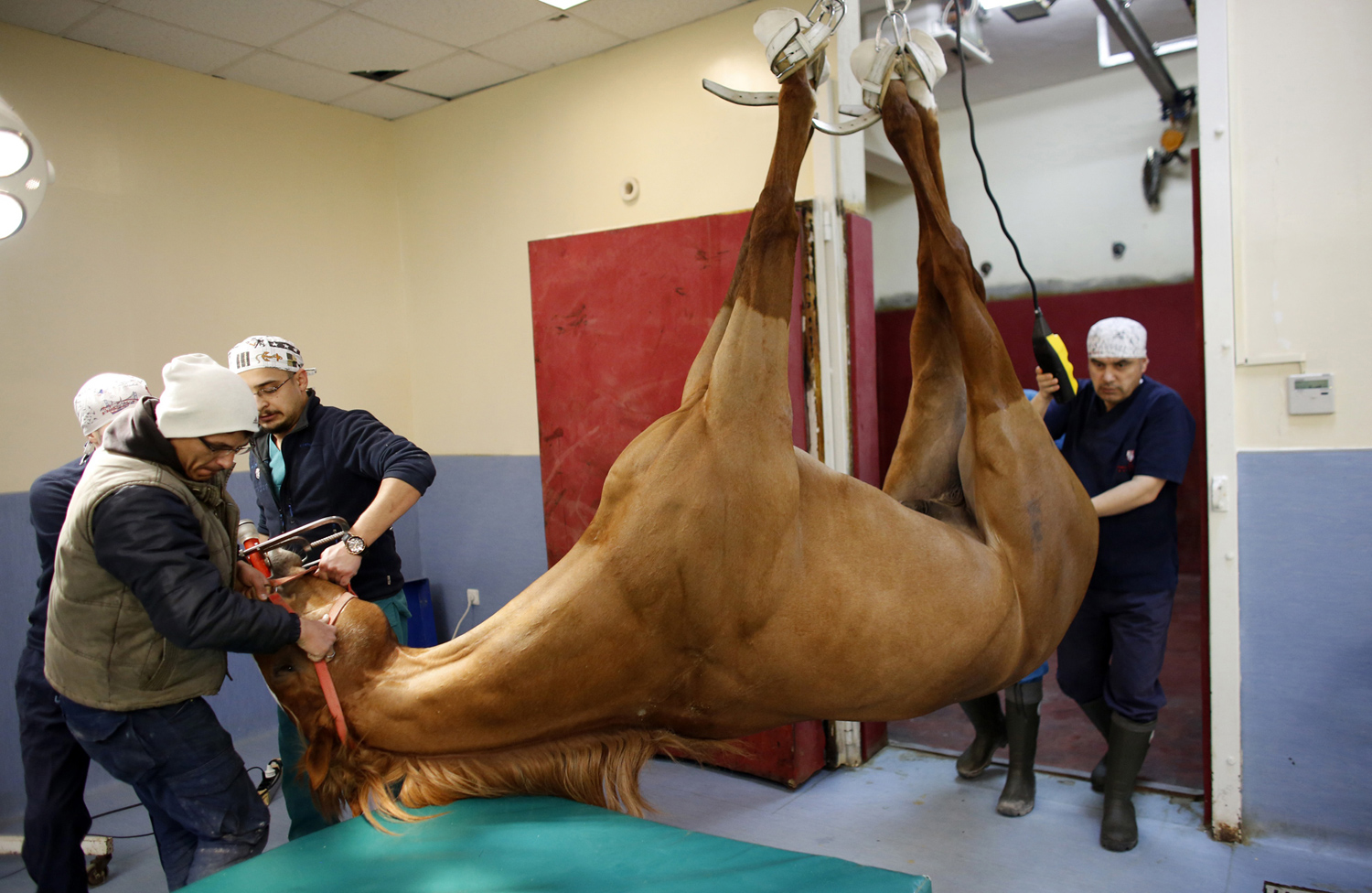
Wind puffs are a common condition in horses that can cause discomfort and affect performance. In some cases, surgery may be necessary to remove the affected tissue. Surgery is a delicate procedure and should only be done by a qualified veterinarian.
The surgery typically involves removing the affected tissue and may require reconstruction of the joint and/or tendon sheath. During the procedure, the tissue and joint will be thoroughly examined and the excess tissue will be removed. The joint will then be reconstructed to restore normal function.
Recovery times vary depending on the severity of the condition and the type of surgery performed. After the surgery, your horse will need to be monitored closely for any signs of infection or inflammation. It is important to follow the veterinarian’s post-operative instructions to ensure a successful outcome.
In some cases, the affected tissue may not be able to be completely removed and may require ongoing management. This can include physical therapy and medications such as anti-inflammatory drugs and painkillers.
Surgery is a serious procedure and should only be considered as a last resort when other treatments have failed. However, if done correctly, it can help to improve the horse’s comfort and performance.
Exercises for Treatment
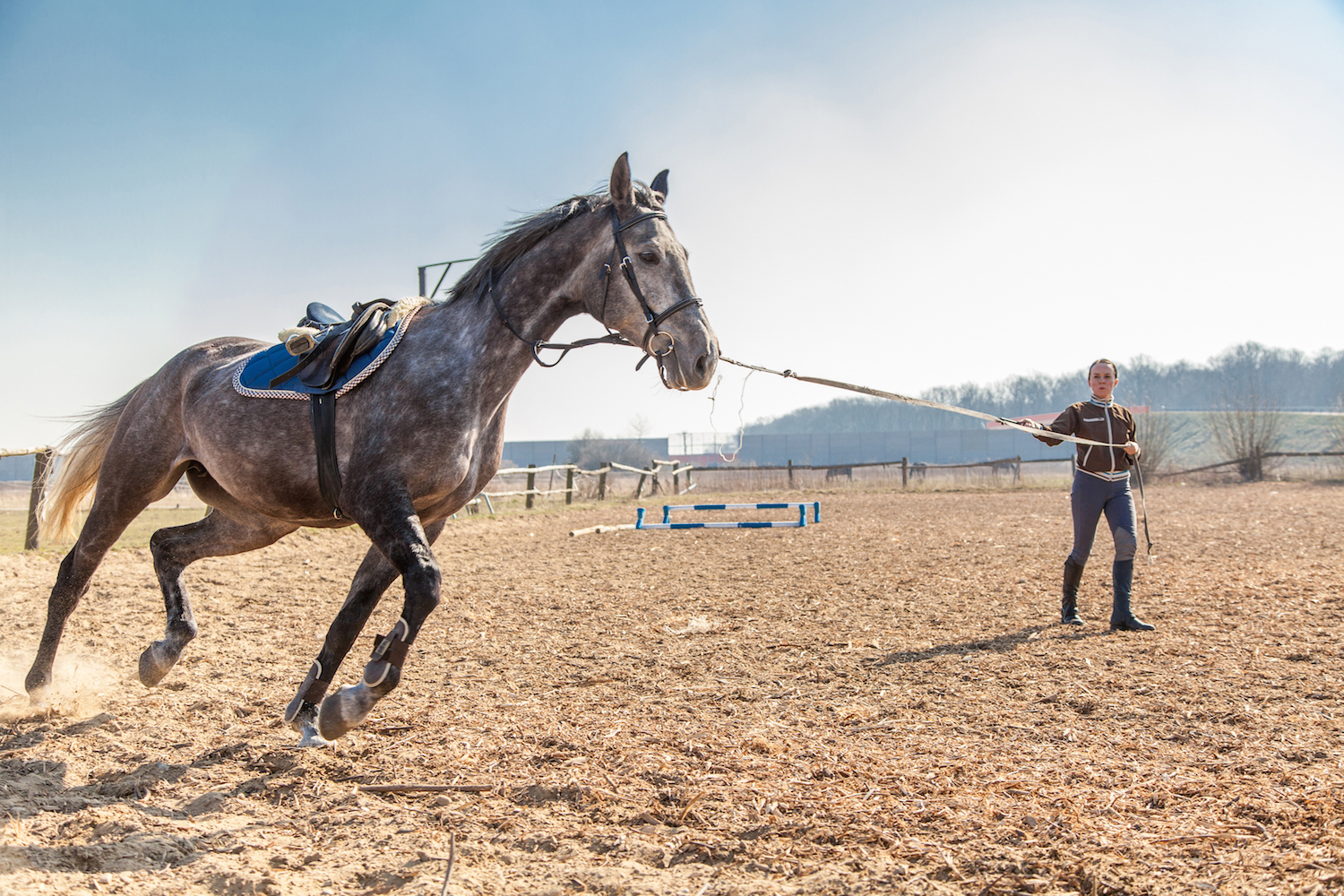
Wind puffs can be treated through a combination of different exercises. Exercising your horse can help to strengthen the area and reduce the size of the wind puffs. Here are some exercises to consider for treating wind puffs:
- Light trotting and cantering sessions
- Hillwork, such as walking and trotting up hills
- Lunging with side reins
- Jumping exercises
- Riding in an arena with lots of circles and turns
- Working on transitions between the different gaits
These exercises will help to strengthen the muscles of the horse, which can help to reduce the size of the wind puffs. Be sure to take it slow and not overwork the horse, as this can worsen the condition.
Massage for Treatment
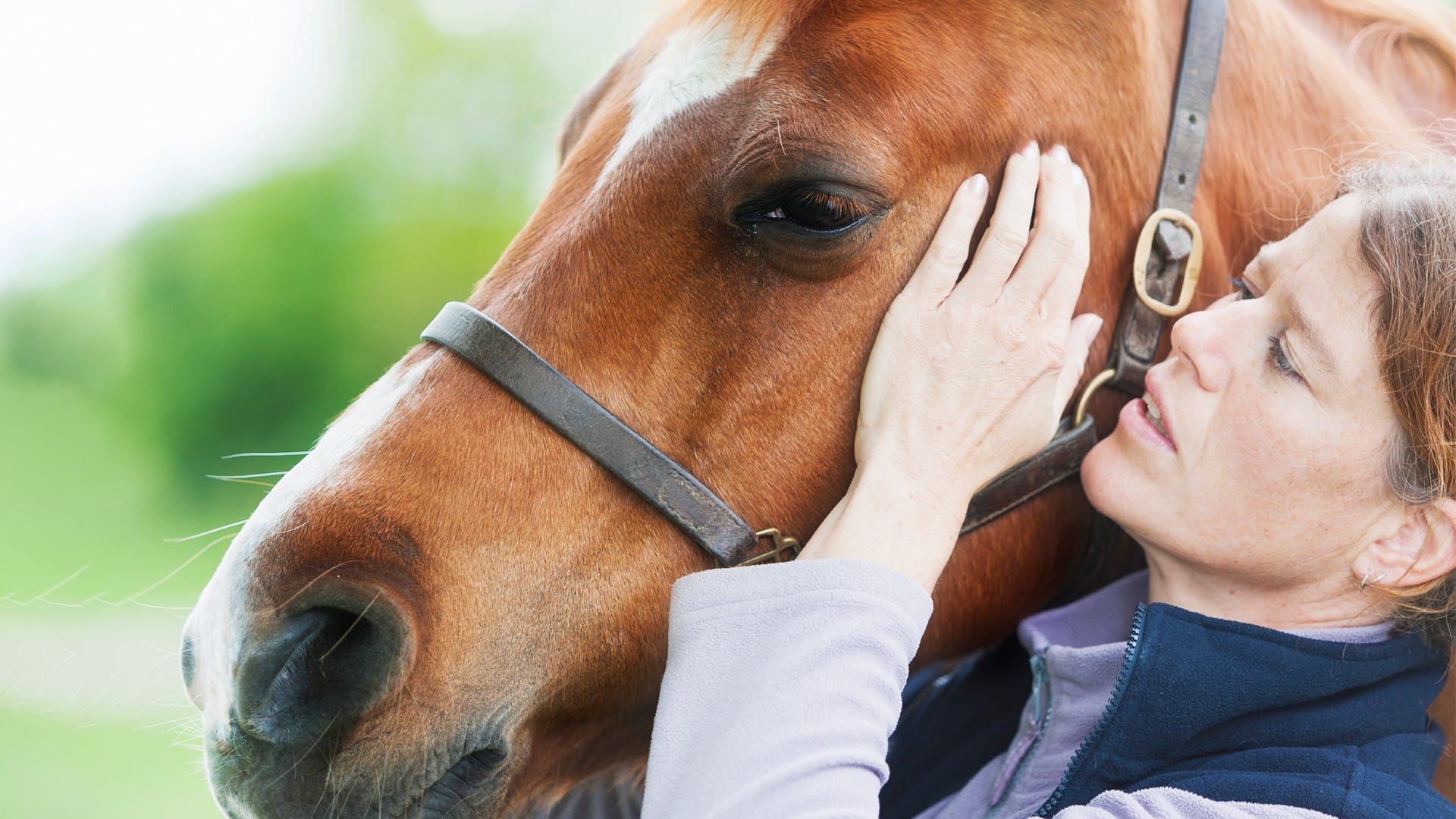
Massage is an effective treatment for wind puffs on horses, as it can help reduce swelling, improve circulation, and provide muscle relaxation. Here are some of the massage techniques that can be used to help reduce wind puffs:
- Effleurage: A light, gentle stroke used to increase circulation and relax the muscles.
- Petrissage: A massage technique that involves kneading and squeezing the muscles to loosen them and improve circulation.
- Tapotement: A massage technique that uses quick, tapping strokes to stimulate the muscles.
- Friction: A massage technique that uses circular motions to increase circulation and reduce swelling.
It is important to note that massage should be used in combination with other treatments for wind puffs, such as cold compresses, wraps, and anti-inflammatory medications. Additionally, it is important to consult a veterinarian before attempting any massage treatments, as they may not be suitable for all horses.
Herbal Remedies for Treatment
Herbal remedies have long been a popular choice for treating wind puffs on horses. Many of these remedies have been used for centuries and have been proven to be both safe and effective. Here are some of the most common herbal treatments for wind puffs:
- Turmeric: Turmeric is a powerful anti-inflammatory that can reduce swelling and reduce pain. It can be added to the horse’s feed or applied topically to the affected area.
- Plantain: Plantain is a herb that is known for its anti-inflammatory and pain-relieving properties. It can be consumed as a tea or applied topically as a poultice.
- Chamomile: Chamomile is a gentle herb that can be used to reduce swelling and soothe the skin. It can be consumed as a tea or applied topically as a poultice.
- Ginger: Ginger is a powerful anti-inflammatory that can reduce swelling and reduce pain. It can be added to the horse’s feed or applied topically to the affected area.
- Echinacea: Echinacea is a herb that is known for its anti-inflammatory and pain-relieving properties. It can be consumed as a tea or applied topically as a poultice.
These remedies are all safe and natural, and can help to reduce the pain and swelling associated with wind puffs on horses. However, it is important to note that these remedies should not be used as a substitute for veterinary care. If your horse is experiencing any signs or symptoms of wind puffs, it is important to seek professional help as soon as possible.
Frequently Asked Questions
1. What causes wind puffs on horses?
Wind puffs, also known as windgalls, are a common condition in horses that can cause pain and discomfort. They are soft tissue swellings that develop on the back of the legs just above the fetlock joint. Wind puffs are caused by a combination of trauma and inflammation of the joint capsule and tendon sheath.
The most common cause of wind puffs is repetitive motion and overuse of the joint, particularly during strenuous exercise. In some cases, wind puffs can be caused by trauma to the joint such as a kick from another horse or a fall. Poor conformation can also increase the risk of wind puffs, as some horses are more prone to the condition due to their body shape and leg structure.
The following are some of the most common factors that can contribute to the development of wind puffs:
- Repetitive motion and overuse of the joint
- Trauma to the joint, such as a kick from another horse or a fall
- Poor conformation that increases the risk of wind puffs
- Strenuous exercise, such as jumping
- Inadequate warm-up and cool-down periods
- Lack of supportive boots or wraps
- Unbalanced nutrition or diet
2. Are there any preventative measures for wind puffs on horses?
Wind puffs on horses are caused by an excessive strain on the suspensory ligament, and are typically caused by exercise or excessive stress on the joint. Fortunately, there are some preventative measures that can be taken to reduce the risk of wind puffs in horses.
- Use proper warm-up: A proper warm-up is essential in reducing the risk of wind puffs. Make sure to allow your horse to gradually increase their speed and intensity of exercise before engaging in intense activities.
- Provide adequate rest: Horses should have at least 48 hours of rest between intense activities, such as jumping and dressage. This will give the ligaments and tendons time to recover and decrease the risk of wind puffs.
- Maintain proper nutrition: Proper nutrition is essential for the health of the horse. Make sure your horse is getting adequate vitamins, minerals, and other nutrients to support healthy ligaments and tendons.
- Provide adequate hoof care: Proper hoof care is essential for the health of the horse’s legs. Make sure to regularly check the hooves for signs of wear and tear, and provide adequate trimming and shoeing. This will help to reduce the risk of wind puffs.
- Consult a veterinarian: If your horse is showing signs of wind puffs, a veterinarian should be consulted for a proper diagnosis and treatment plan. The veterinarian may also be able to recommend specific exercises or treatments to reduce the risk of wind puffs.
3. What are the signs of wind puffs on horses?
Wind puffs on horses are the result of inflammation of the tendons or ligaments on the back of the fetlock joint. They are most easily identified by the following signs:
- Swelling of the back of the fetlock joint
- Pain or tenderness when the area is pressed
- A bump that feels firm when touched
- Decreased range of motion of the joint
- Lameness or stiffness when the horse is moving
4. How long does it take for wind puffs on horses to heal?
The healing time for wind puffs on horses can vary depending on the severity of the condition and the amount of care given to the affected area. Generally, the healing process can take anywhere from a few weeks to a few months. To ensure the fastest possible healing time, it is important to provide the affected area with proper care and attention:
- Avoid overexerting the affected leg. If possible, allow the horse to rest, avoiding strenuous activities.
- Apply an anti-inflammatory ointment or cream to the affected area. This can help reduce inflammation and promote healing.
- Cold therapy can also be used to reduce swelling and promote healing. This can be done with cold compresses or cold water baths.
- Provide the affected area with plenty of support. This can be done by using protective boots or wraps around the affected leg.
- Make sure the horse is kept in a clean, dry environment. This will help reduce the risk of infection and promote healing.
By following these tips, you can help ensure that your horse’s wind puffs heal quickly and properly.
5. What are the best methods for treating wind puffs on horses?
Wind puffs can be an uncomfortable and unsightly condition for horses to suffer from. Fortunately, there are a number of treatments available that can help reduce the symptoms and improve the appearance of the affected area. The best methods for treating wind puffs on horses include:
- Applying a topical ointment or cream to the affected area.
- Using cold compression to reduce swelling.
- Using warm compresses to increase circulation to the area.
- Wrapping the affected area to protect it from further trauma and to reduce swelling.
- Giving oral medications such as non-steroidal anti-inflammatory drugs (NSAIDs) or corticosteroids to reduce inflammation.
Conclusion
In conclusion, wind puffs can be uncomfortable and unsightly for horses, and can be caused by a variety of factors. To help prevent and reduce the occurrence of wind puffs in horses, it is important to provide good nutrition, reduce intensity and duration of exercise, use proper tack and equipment, maintain good hygiene, and keep the horse well-groomed. Additionally, it is important to recognize and address any underlying causes of wind puffs, such as allergies or infections, as soon as possible. With proper care, horses can enjoy a healthy and comfortable life without wind puffs.
References
- Wright, A. (2017). How to Treat Wind Puffs in Horses. Retrieved from The Spruce Pets
- Horseman’s Laboratory. (2018). How to Treat Windpuffs in Horses. Retrieved from Horseman’s Laboratory
- Equine Performance Solutions. (2020). Windpuffs: How to Treat and Manage. Retrieved from Equine Performance Solutions



